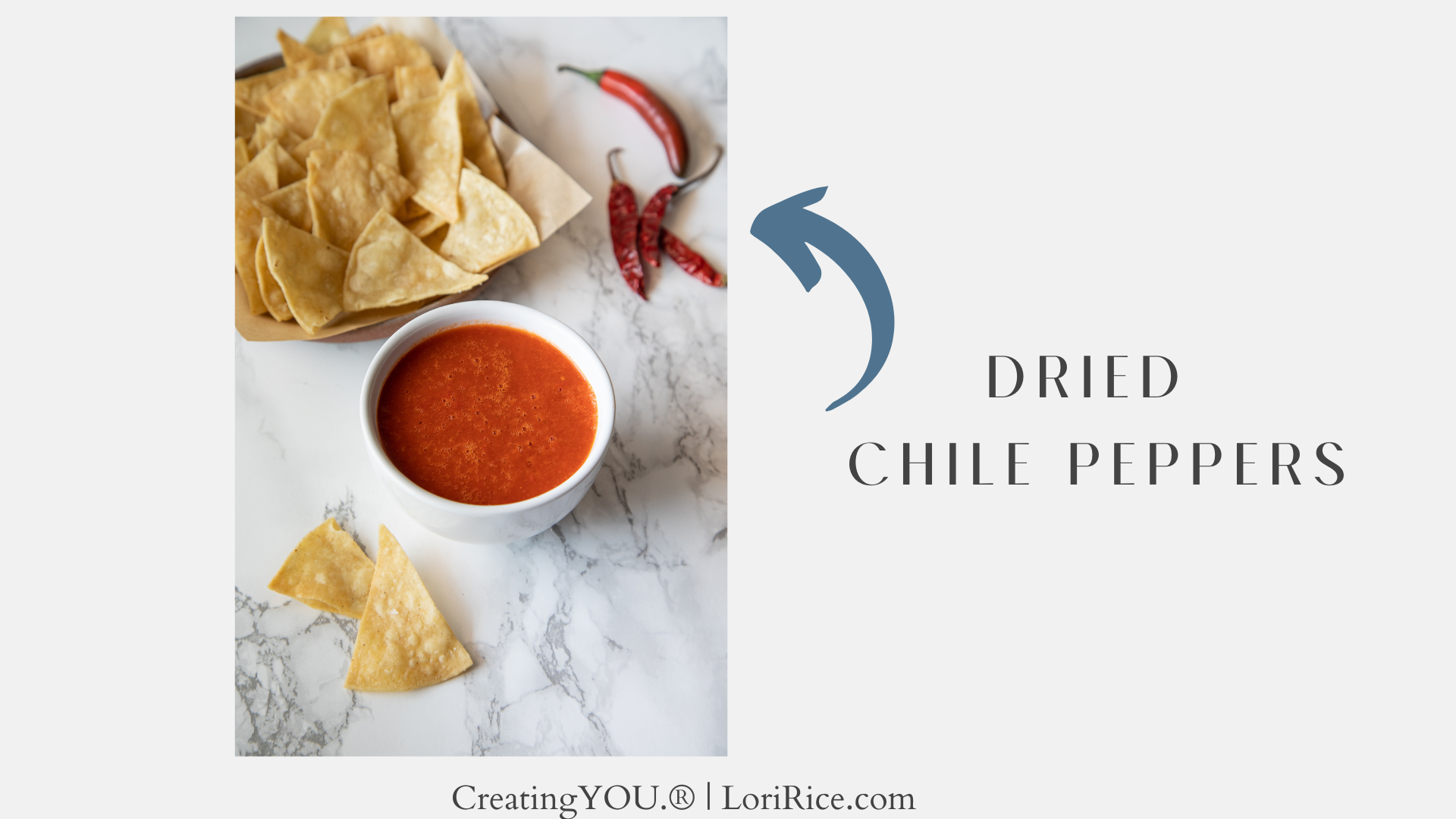Just about 2 ½ years ago I decided to rent a studio space outside my home. This was after nearly 10 years of creating my photos for clients in everything from corners of apartments to landings on the stairs to home offices.
Today, I write this having just made the opposite move.
This past weekend we moved into a new home, one we purchased with the intent of me moving my work back home. I decided to terminate my lease a few months early, as of the end of this month.
The new studio space. A guest bedroom in our house.
I wrote about it on my Substack, From Every Corner of the World, with details about my experience with having a studio. The post is there if you’d like to read it.
There were pros and cons of doing my creative work outside my home and I’m in that expected state of reflection. As I took a quick photo of my breakfast yesterday morning, I realized one thing I started to do rather unexpectedly was embrace the background in my photos.
While it was having the space the studio granted me that prompted me to do this, I was unintentionally applying this to much more of my work in other places, proving that I didn’t really need space to accomplish it.
Embracing the background changes your photos.
I love tabletop shots, but by catching a corner of your surface or a sliver of window, a photo tends to come alive. Environment evokes a whole new mood for an image and allows viewers to see themselves there. It creates a connection.
Backgrounds don’t have to be beautiful.
We create barriers when it comes to capturing more of our environment in a photo. I did for a long time. But backgrounds don’t have to be styled or beautiful.
Using a shallow depth of field created by a wide aperture keeps a not-so-appealing background blurred. This photo I took this morning used f 3.2.
That quick shot of my breakfast this week that prompted this whole post.
A plain white wall, or a surface taped to the wall or board propped up behind the scene like the photos below works well, too.
On the left, a mimosa photographed for the California Pomegranate Council. On the right, a photo for the article I wrote on creating a basic formula for salad dressings last year in Hobby Farm Magazine.
Keeping the background dark and showing the edge of your surface is another method. Drape anything in the background with a dark blanket or darken the background in Lightroom in post-production.
On the left, a quick creative shot for myself after buying cherries at the farmers market. On the right, an autumn scene I set up in my old studio.
Move yourself to capture just the right angle of the set so that the hero is the focus and any clutter around the set is cut out. It allows you to still get a sense of the full scene where the event or action is taking place.
Both photos for my Farm Fresh Photos stock photography membership, taken in my old studio.
Pushing your boards or a table up against an open window creates interest as well.
Both creative work for myself. The pie taken at home previous home studio. The pasta at my old rental studio.
Do you struggle with capturing more of your environment? Let me know.
We talked all about Prop Selection inside Club CreatingYOU.® in February, from choosing props to selecting colors. March’s topic will be announced soon. Come join us!
Club CreatingYOU.® is a community exclusively for solo creative stylist-photographers who want to grow their skills for capturing food, drink, and its origins while cultivating a distinct style. It’s always open to new members.













